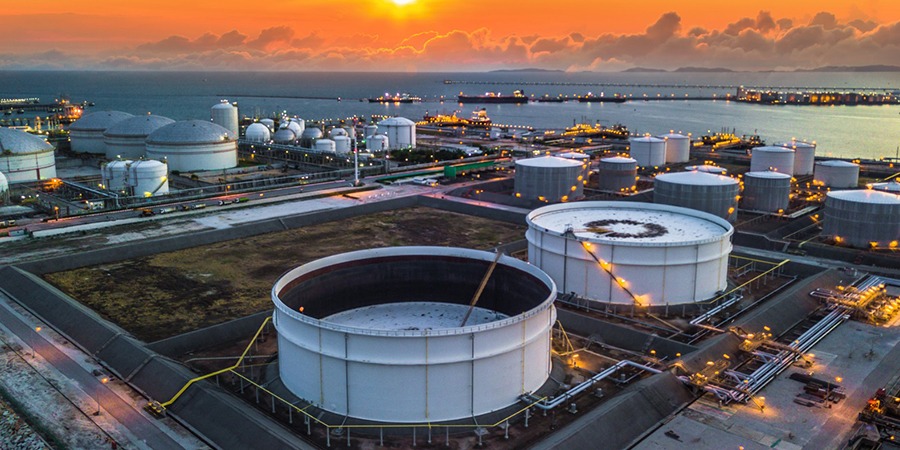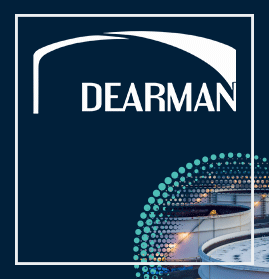The Port of Antwerp in Belgium has hosted Belgian deputy prime minister and minister of civil service, public enterprises, telecommunications and postal services Petra De Sutter to demonstrate the use of drones in detecting floating debris within the port.
Floating debris does not belong in the Port of Antwerp, so to detect and clean it up as quickly as possible, Port of Antwerp is deploying drones. It is just one of the innovative digital solutions that should make the port future-proof.
Every year, about 50 tonnes of floating debris are collected from the docks in the Port of Antwerp. This debris is made up of plastics, wood, cardboard, organic material and mooring lines.
To reduce water pollution, impact on biodiversity and damage to ships, it is important to detect and clean up this waste as soon as possible. But since the total port area covers more than 120 km², this is a challenge.
Thanks to the unique bird’s eye views they provide, drones can make a significant contribution to detect floating debris. So Port of Antwerp has developed a ‘machine vision’ application that, based on drone images, automatically builds a map that indicates where floating debris is present.
With the use of drones, which will soon fly over the entire port several times a day, floating debris can be located and cleaned up more quickly and efficiently.
According to Port of Antwerp, the use of drones will play an increasingly important role in the port of the future. The ambition is to develop a network of autonomous drones that can provide a ‘live feed’ of the various port activities and support the Harbour Safety & Security (HSS) unit and its security partners as much as possible.
For more information visit www.portofantwerp.com












